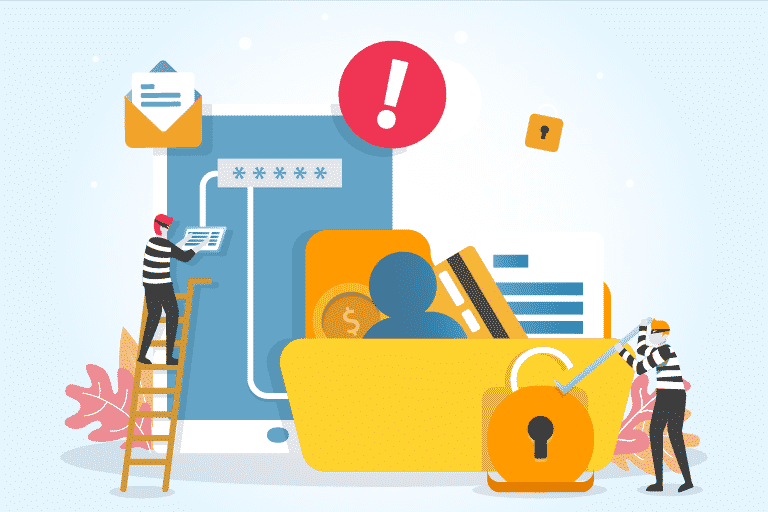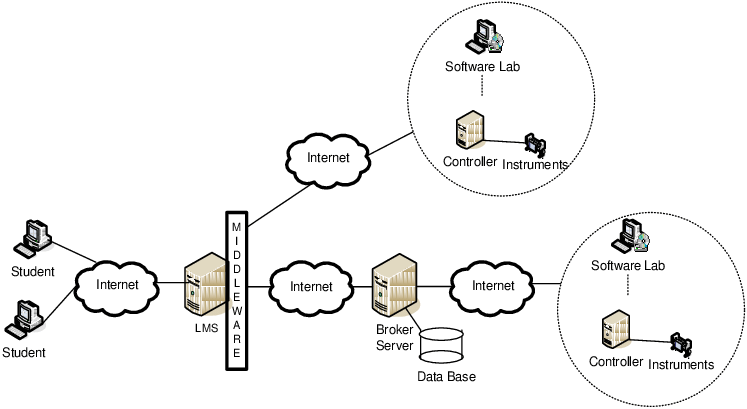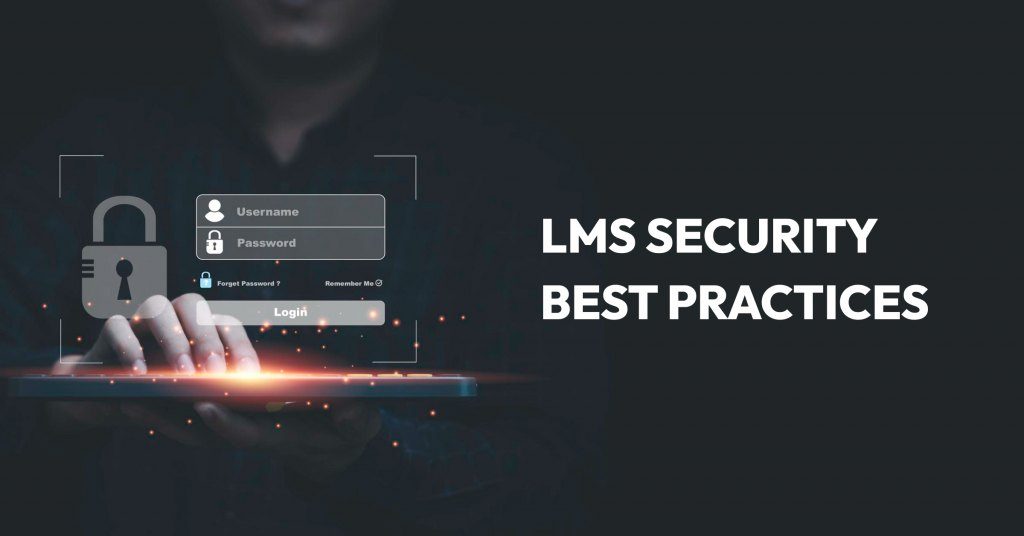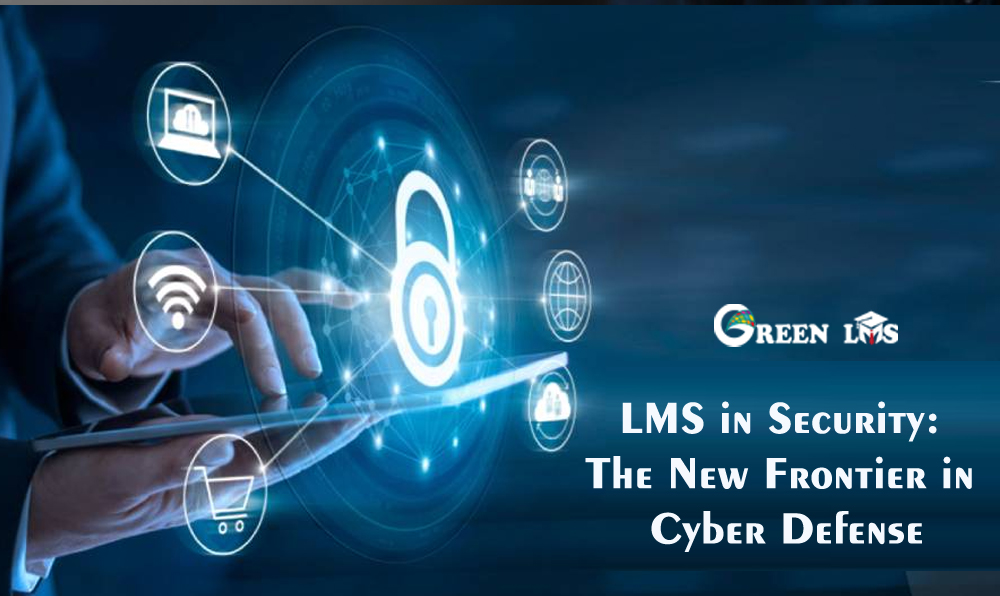In an era where digital threats evolve at an unprecedented pace, businesses and organizations seek innovative approaches to safeguard their data and systems. Learning Management Systems (LMS), traditionally used for educational and training purposes, are emerging as powerful tools in the realm of cybersecurity. This article delves into how LMS platforms are being repurposed to detect cyber threats, prevent identity theft, and protect sensitive information, revolutionizing the landscape of digital security.
The Rising Tide of Cyber Threats
As technology becomes increasingly integral to our daily lives, the risks associated with cyber threats have escalated. Cyberattacks, identity theft, and data breaches can cause devastating financial losses and damage reputations. In this context, conventional cybersecurity measures alone may no longer suffice. This is where the role of an LMS comes into play.

LMS: Beyond Educational Boundaries
Traditionally, Learning Management Systems have been synonymous with online learning and training. However, their potential extends far beyond. An LMS can be a repository of knowledge and a platform for continuous learning, particularly in the rapidly evolving field of cybersecurity.

Detecting Cyber Threats with LMS
One of the most innovative applications of an LMS in cybersecurity is its use in threat detection. By integrating an LMS with threat intelligence tools, organizations can leverage the system to disseminate real-time information about potential cyber threats. An LMS can:
1. Provide Continuous Learning: As cyber threats evolve, so must the knowledge and skills of those tasked with defending against them. An LMS can offer up-to-date training and simulations based on the latest threat intelligence, ensuring that IT professionals are always ahead of the curve.
2. Simulate Threat Scenarios: Through virtual labs and simulations, an LMS can mimic real-life cyberattacks scenarios. This hands-on experience allows cybersecurity teams to practice their response to various threats, enhancing their readiness and reaction time.

Preventing Identity Theft
Identity theft is a major concern in the digital age. An LMS can play a crucial role in preventing such incidents by:
1. Educating Employees and Users: Many cases of identity theft stem from human error or lack of awareness. An LMS can provide regular training to employees and users about safe online practices, identifying phishing attempts, and protecting personal information.
2. Certification and Compliance Training: For industries that handle sensitive data, LMS platforms can ensure that employees are certified and up-to-date with the latest compliance standards and data protection laws.
Protecting Sensitive Data
The protection of sensitive data is paramount for any organization. An LMS aids in this endeavor by:
1. Centralizing Information Security Training: By using an LMS, organizations can centralize their information security training programs, ensuring that all employees receive consistent and comprehensive training on data protection protocols.
2. Monitoring and Reporting: Advanced LMS platforms can track user progress and identify areas where additional training may be required. This feature is particularly useful in identifying potential internal vulnerabilities.

Integrating LMS with Cybersecurity Tools
To maximize its potential in cybersecurity, an LMS can be integrated with various cybersecurity tools. For example, integrating an LMS with a Security Information and Event Management (SIEM) system can provide actionable insights derived from data analysis. This integration allows for a more proactive approach to threat detection and response.
Challenges and Considerations
While the use of LMS in cybersecurity offers numerous benefits, there are challenges to consider:
1. Keeping Content Updated: The rapid evolution of cyber threats means that content within the LMS must be regularly updated to remain relevant and effective.
2. Ensuring User Engagement: For an LMS to be effective in cybersecurity, users must be actively engaged with the content. This requires the creation of compelling and interactive training materials.
3. Data Privacy and Security: Ironically, as an LMS becomes more integral to cybersecurity, it too must be rigorously protected against cyber threats.

How LMS can be used to detect cyber threats
An LMS can be used to detect cyber threats by providing employees with the training and resources they need to identify and report suspicious activity. For example, an LMS can be used to:
- Train employees on how to identify phishing emails and other social engineering attacks
- Teach employees about the latest cyber threats and how to protect themselves
- Provide employees with a platform to report suspicious activity to their IT department
How LMS can be used to prevent identity theft
An LMS can be used to prevent identity theft by educating employees on how to protect their personal information and avoid becoming victims of identity theft. For example, an LMS can be used to:
- Train employees on how to create strong passwords and secure their online accounts
- Teach employees about the risks of identity theft and how to avoid becoming victims
- Provide employees with access to resources such as credit monitoring and identity theft protection services

How LMS can be used to protect sensitive data
An LMS can be used to protect sensitive data by training employees on how to handle and store sensitive data securely. For example, an LMS can be used to:
- Train employees on the company’s data security policies and procedures
- Teach employees about the risks of data breaches and how to prevent them
- Provide employees with access to resources such as encryption software and secure file sharing services
Benefits of using an LMS for security training
There are many benefits to using an LMS for security training, including:
- Scalability: An LMS can be used to train employees of all sizes and locations.
- Cost-effectiveness: An LMS can be a more cost-effective way to train employees than traditional methods such as instructor-led training.
- Flexibility: An LMS allows employees to train at their own pace and on their own time.
- Trackability: An LMS can be used to track employee progress and ensure that they are completing the required training.
Examples of how LMS are being used for security training
Here are a few examples of how LMS are being used for security training today:
- Financial institutions: Financial institutions use LMS to train their employees on data security and compliance with financial regulations.
- Technology companies: Technology companies use LMS to train their employees on information security and cybersecurity best practices.
- Healthcare organizations: Healthcare organizations use LMS to train their employees on HIPAA compliance and patient privacy.

Here are some additional tips for using an LMS for security training:
Tailor the training to your organization’s specific needs. Consider the types of cyber threats that your organization is most vulnerable to, as well as the types of sensitive data that you handle.
Make the training engaging and interactive. Use a variety of training methods, such as videos, quizzes, and simulations, to keep employees engaged and motivated.
Keep the training up-to-date. As new cyber threats emerge and security regulations change, it is important to update your training materials accordingly.
Measure the effectiveness of the training. Use surveys and other assessments to measure how well employees are understanding and retaining the information from the training.
By following these tips, you can ensure that your LMS is a valuable tool for improving your organization’s security posture.
Conclusion: The Future of LMS in Cybersecurity
The use of Learning Management Systems in cybersecurity represents a paradigm shift. By harnessing the educational and training capabilities of LMS, organizations can enhance their cyber defense, preparing themselves better against the growing tide of digital threats. As technology continues to evolve, so too will the role of LMS in protecting against cyber threats, making it an indispensable tool in the arsenal of cybersecurity professionals.
Read more about how Green LMS can be tailored for various applications:
- LMS for Universities: Discover how Green LMS can revolutionize the learning experience in universities, offering customized modules for different academic disciplines and research initiatives.
- LMS for Schools: Explore how Green LMS adapts to K-12 education, providing interactive and engaging content tailored for younger learners and their unique educational needs.
- LMS for Corporate: Learn how Green LMS can be the cornerstone of corporate training programs, offering scalable and efficient solutions for employee training, compliance education, and skill development.
Ready to take the leap into efficient and effective online learning and training management? Click here for Free Green LMS. This innovative platform not only addresses the challenges of modern learning environments but also pioneers new paths in integrating learning with critical functions like cybersecurity. Discover the future of learning and defense with Green LMS.


